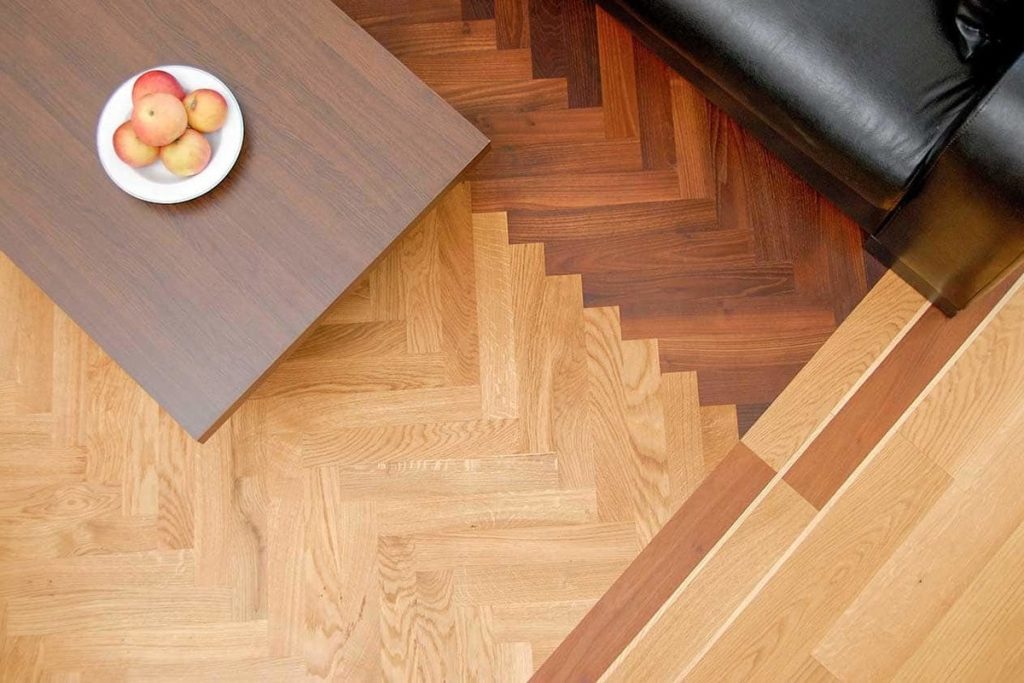Selecting the ideal match hardwood floor stain represents a critical design decision that transcends simple colour selection. This comprehensive guide provides professional insights into navigating the intricate process of choosing a floor stain that will enhance your space’s aesthetic appeal, complement your interior design, and create a lasting visual impact.
The Fundamental Science of Wood and Stain Interaction
Every wood species possesses a unique cellular structure that dramatically influences stain absorption and appearance. Understanding these fundamental characteristics is essential for achieving optimal results.
Key elements that define the wood’s unique character include:
- Wood Species Diversity: Each wood type introduces distinct characteristics to the staining process. For instance, oak’s robust grain structure makes it easier to find and apply a match hardwood floor stain.
- Grain Pattern Complexity: The microscopic wood structure fundamentally determines stain interaction. Open-grain woods like oak generate rich, multidimensional colour depths, whereas closed-grain woods such as maple require more precise application techniques to ensure uniform coloration.
- Natural Colour Variations: Wood is never a monolithic material. Within a single plank, subtle tone shifts create depth and visual complexity. These inherent variations become collaborative elements in the staining process, working synergistically with applied pigments to produce a unique aesthetic experience.
- Moisture Content and Absorption: Wood’s internal moisture levels critically affect stain penetration. Professionally dried and acclimated wood provides the most consistent and aesthetically pleasing staining results, enabling even pigment absorption and rich colour development.
Hardwood floors represent a sophisticated architectural element, combining natural beauty with structural integrity and serving as a foundational design component that can significantly impact a space’s aesthetic and emotional atmosphere.
Colour Perception and Psychological Dynamics
Colour selection extends far beyond visual preferences, representing a sophisticated interaction of psychological perception, environmental factors, and spatial dynamics.
Critical considerations in colour perception include:
- Psychological Colour Impact: Colours function as emotional landscapes. Warm brown tones evoke feelings of comfort and stability, while cooler grey stains suggest calm sophistication. The selected match hardwood floor stain serves as a foundational backdrop that subtly influences room perception and emotional atmosphere.
- Light Interaction Dynamics: Colour represents a dynamic, fluid experience influenced by illumination. A stain’s appearance can transform dramatically based on lighting conditions, shifting from rich warmth in afternoon light to completely different tones under evening artificial illumination.
- Spatial Perception Influence: Floor coloration dramatically affects perceived room dimensions and ambience. Lighter stains can create an illusion of expanded, airy spaces, while darker tones generate a sense of intimacy and grounded sophistication.
- Contextual Colour Harmony: No colour exists in isolation. An exceptional floor stain must create a cohesive dialogue with existing architectural elements, furniture, wall colours, and decorative accessories.
Professional Stain Selection Methodology
Successful stain selection requires a methodical, strategic approach that balances technical understanding with aesthetic sensibility.
Initial Assessment
- Analyze existing room design
- Evaluate natural and artificial lighting conditions
- Consider architectural style and interior design theme
Sample Development
- Create multiple wood samples
- Test stain variations under different lighting conditions
- Observe samples at various times of day
- Compare against room’s colour palette
Technical Considerations
- Assess wood species characteristics
- Understand pigment absorption properties
- Consider long-term durability and maintenance requirements
For those seeking expert guidance, professional hardwood flooring consultants offer specialized stain matching services that include comprehensive colour analysis and personalized recommendations tailored to specific interior environments. These professional services utilize advanced colour matching technologies and decades of design expertise to ensure clients achieve their ideal floor aesthetic with precision and confidence.
Stain Tone Categories and Design Applications
- Warm Tone Stains
Warm-toned stains ranging from honey amber to deep chocolate browns create inviting, traditional environments. These tones work exceptionally well in spaces celebrating rustic elegance, traditional design, and natural material aesthetics. - Cool Tone Stains
Cool stains featuring grey, slate, or weathered undertones communicate contemporary sophistication. These tones transform spaces, generating a sense of minimalist refinement and modern design sensibility. - Neutral Tone Stains
Neutral stains in soft beige and light browns offer maximum design flexibility. They provide a versatile foundation that can adapt to evolving interior design trends and personal style preferences.
Advanced Application Techniques
Professional application techniques ensure your match hardwood floor stain achieves a flawless finish. Critical techniques include:
- Thorough surface preparation
- Consistent application methodology
- Multiple thin coats for optimal colour depth
- Proper sealing and finishing
Floor stain selection transcends technical considerations, representing a deeply personal design statement. The chosen stain reflects individual aesthetic preferences, cultural influences, and personal design narratives.
Summary
Selecting the perfect match hardwood floor stain demands a holistic approach combining technical knowledge, artistic vision, and strategic design thinking. By understanding wood characteristics, colour psychology, and professional application techniques, one can transform floors into stunning design elements that elevate entire living environments. Approach this decision with patience, careful observation, and a commitment to creating a foundational design element that will support and enhance your space’s aesthetic vision.

